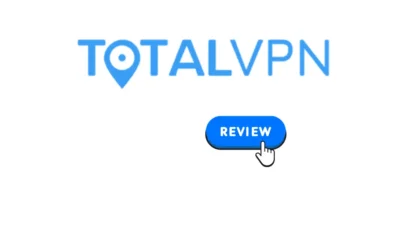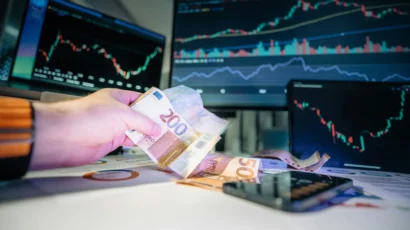Disclosure: Privacy Australia is community-supported. We may earn a commission when you buy a VPN through one of our links. Learn more.
Wall Street ‘Fear Gauge’ Shows Surprising Confidence… Why?
The stock market is a barometer of investor confidence; it suggests that they are ignoring banking, debt limit, and recession concerns. Will it hold up?
Investors were unfazed this week by the debt limit confrontation in the United States, economic contraction worries, and banking sector anxiety. Cboe Volatility Index, a widely followed Wall Street measure of predicted stock-market volatility often referred to as the “fear gauge,” closed on Friday at almost 18-month lows, while major indexes concluded April on a positive note.
Volatility Indices for the S&P 500 (VIX) measure of monthly implied volatility based on option prices. It is often known as the Wall Street “fear gauge.” Dow Jones Market Data revealed it hit a new low of 15.78 on Friday, the lowest closing since November 4, 2021. As a comparison, its long-term average is somewhere around 20.
On Friday, the S&p 500, Dow Jones, and Nasdaq All Posted Gains
Friday saw gains for the S&P 500, Dow Jones, and Nasdaq. In April, the blue-chip Dow gained 2.1%, its largest monthly rises since January. Meanwhile the tech-heavy Nasdaq finished at its highest level since September.
Head of asset allocation research, Christian Mueller-Glissman, for Goldman Sachs, said that the muted VIX was in part owing to unusually upbeat economic statistics.
In a research bulletin published on a Friday, he said that despite widespread concerns of a recession in the United States, the data has held up. Historical modelling demonstrates that the strength of the labour market continues to be a primary determinant behind the volatility of financial markets, as employment and consumer spending both remain robust.
Banking Sector Reaches Highest Levels for 2023
In the meantime, CIO Louis Navellier, for Navellier & Associates, wrote on Friday that despite concerns in the Nasdaq Composite, the Nasdaq-100, the banking sector, and the Invesco QQQ’s popular ETF which tracks Nasdaq-100 moves, have all reached their highest levels for 2023. This is despite the fact that Amazon.com, Inc. has yet to report its first-quarter results.
Subdued volatility is unlikely to persist, though, since Goldman expects U.S. economic growth to fall from its already-modest 1.6% rate in 2023.
A rising slope in the VIX futures curve, a line constructed from the values of VIX futures contracts, indicates that market participants anticipate an increase in volatility.
Put options, which offer holders rights but not obligations to sell underlying assets by a certain time at a set price, have become more expensive recently than call options, which give holders the same dynamic but to purchase an underlying asset at a given price by a certain time. If you think a security’s price will go down, you can buy a put option, whereas if you think it will go up, you may buy a call option.
Conclusion
According to Mueller-Glissmann, the market has shifted its focus from the potential benefits to the potential drawbacks of an investment. People are often pessimistic despite a lack of strong convictions.
In light of the recent increase in the volume of trades involving option contracts with one trading day or fewer to expiration, investors have also questioned the VIX’s continued relevance. Zero-day-to-expiration goods (0DTEs) are a common abbreviation used by traders.
On Monday, Cboe introduced a new 1-day VIX gauge dubbed the Cboe 1-day Volatility Index. This index is meant to reflect implied volatility based on options that will expire within the next trading day. That index, which has not yet established a record high, traded near 13.45 on Friday evening after moving as low as 15.59 earlier in the week.





